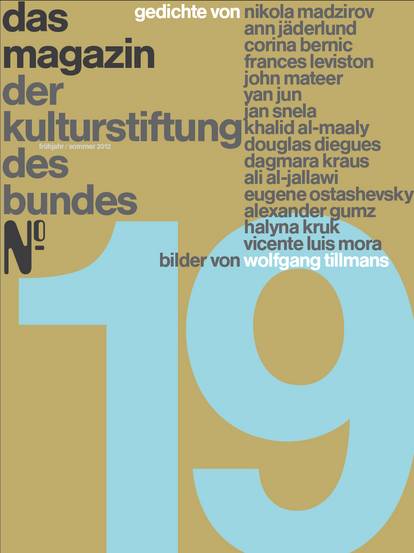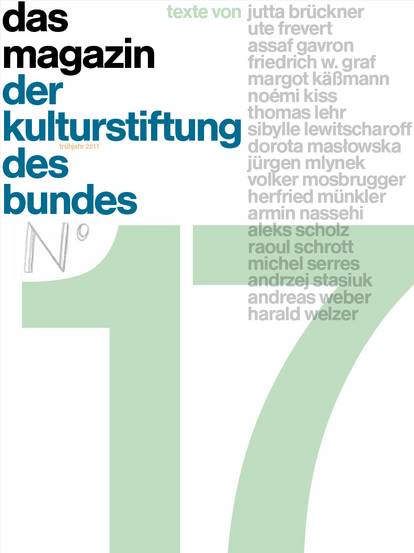When the pictures of our lives go viral and assume a life of their own, when social bots tip the scales of elections, when deleting images becomes more important than uploading them, when we can only bear the fault lines of our times as memes, and when our devices know which pictures we prefer, that’s when we know that our lives are in the midst of a revolution.
Sharing, liking, filtering and sampling have become ordinary acts that are automatically linked to photographing. We no longer merely record the impressions of our holidays and family get-togethers. We take pictures of everything, everywhere and at all times. We use pictures to search for partners, houses, pieces of clothing, and with the tap of a finger, we rate news images and political photo-ops. With another click, we send them around the world, and in response we receive a different picture (which is sometimes easier to take or find than formulating a sentence, and which can result in an entirely different level of impact). While an almost unchecked barrage of images has conquered the private sphere, the tools for monitoring political images and public data streams have become ever more sophisticated. These are fragments of a new language whose forms of communication are being developed and negotiated as we speak.
Revolutions have always been accompanied by new images and codes. The iconic images of the old order are toppled from their pedestals and the portraits of future rulers are carried through the streets, and more recently, digital channels. And quite often, they spark revolutions themselves. “The Revolution will be Flickrized”, wrote the Egyptian activist Hossam el-Hamalawy in May 2008 in his blog arabawy, who called on his readers to disseminate pictures of demonstrations and social unrest on digital platforms and social networks. He was referring to the uprising in Mahalla al-Kubra in pre-revolutionary Egypt three years before the outbreak of the “Arab Spring”, which had yet to arouse the attention of Western media. Today the euphoria of freedom which these digital channels inspired is long gone. Now the focus is on the dark side of the Internet and its pictures, the outbreaks of violence it causes, its instrumentalisation as propaganda, its endless commercialisation and excessive storage of user data. We live in a dialectic flux between democratic articulation and surveillance, self-determination and exhibitionism.
What has been happening to pictures in the process of creeping digitalisation? In the 1990s, in reaction to the possibilities of digital photo processing, people were already lamenting the “death of photography”, caused by the direct manipulation of the “photo DNA”. Today more photos are being taken than ever before, but the photographic process has fundamentally changed inside the camera itself. Software developers have enhanced the photo quality of smartphone cameras far beyond improving the physical lens. Pressing the shutter release – the classic snapshot – is just the beginning of further algorithmic processes which calculate and render the final image. The photos are synchronised with the image data stored on our smartphones, our clouds and social networks, all of which are directly connected to us. By synchronising the image data, the algorithm generates a new picture. The camera, based on a numerical, algorithm-driven imaging process – “computational photography” – is no longer a recording apparatus. As Hito Steyerl describes it, photography generated in this way serves as a “social projector” which makes visual desire and commercial interests visible. Perhaps “computational photography” represents the radical conclusion in a technological process which had always been inherent in the creation of photos and our use of images. In this sense, it’s worth considering Alfredo Jaar’s postulate of 2013, in which he diagnosed the medium with an old play on words: “You do not take a photograph, you make it”. In a poster, he reminds us to what extent photography – as a reflection of reality – is a construct. If technical recording processes, public photo streams and our own relationship with photographic media are so construed, does it mean that photography has also become post-factual? Or have photos belonged to the post-factual realm for a long time, in that the “making” of them has always depended on how they are used and the contexts in which they are viewed?
Now is an especially good time to survey the field of photography in order to make its fractures and continuities visible. Farewell Photography is the title of the first Biennial of Current Photography in a long line of Mannheim-Ludwigshafen-Heidelberg Fotofestivals. Yet how can one envision a “farewell to photography” as “current photography”? This contradiction serves as a starting point once we understand what forms and ideas of photography we’re bidding farewell to and what precursors and future developments in current image practices we hope to examine. Indeed, the term “photography” alone is the centre of countless definitions and interpretations. For example, it refers to those specific qualities and perspectives which signify more than the medium itself and have revolutionised our perception, news reporting and modern art. It is the trace that bears significance, the gesture on the projection screen, or light on paper, or the testimony of an occurrence, the visual archivability of the world, and not least of all, the way in which individual and collective memory constitutes itself through images. What remains behind? What will follow photography in times of total digital overexposure?
We borrowed the title of the biennial – Farewell Photography – from Daido Moriamay’s now legendary book of 1972. His photos broke with the conventions of photography and the narrative strategies of photo books of that time. His photos appear to allude to nothing but themselves, a kind of degré zéro, the final stage of photography – and yet it continued. This reference back in time characterises our methodical approach – with contemporary works and singularly placed historical images, we hope to stimulate present discourse about the medium and inquire into the images that interest us at the moment.
It is the dialectic figure of analysis and empathy that ties the different sections together. In this sense, the biennial sees its task as one of taking inventory of today’s photographic stock, unaffected by nostalgia, yet borne by a certain fondness for photography. We must view this period of upheaval as an opportunity to critically review the current state of photography. If we fail in this, the revolution will devour its children.

![[Translate to English:] Magazine 38](/fileadmin/_processed_/f/1/csm_Magazin38_Cover-Vorschau_921x1230_689f428dc3.jpg)
![[Translate to English:] Magazine 37](/fileadmin/_processed_/b/c/csm_Mag37_Cover-Vorschau_921x1230_b5129fdb2a.jpg)
![[Translate to English:] Magazine 36](/fileadmin/_processed_/2/a/csm_Cover_Magazin36__issuu_2f3cef97bb.jpg)

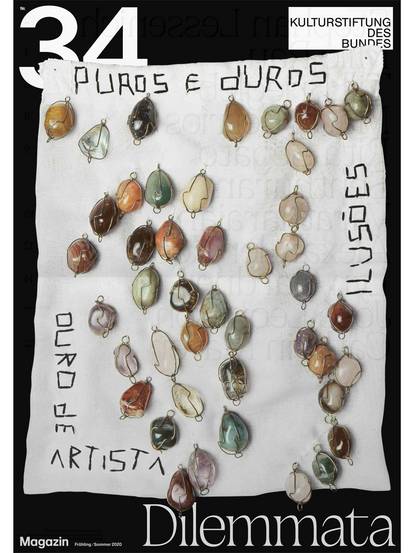
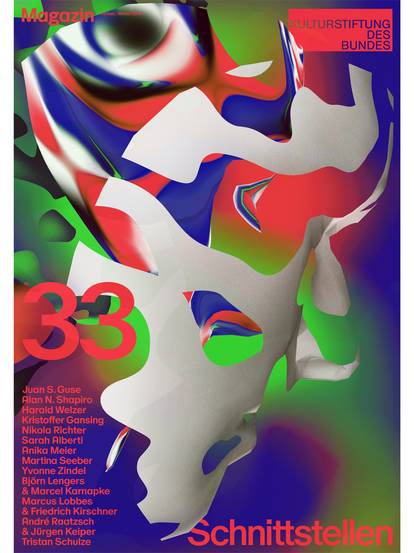
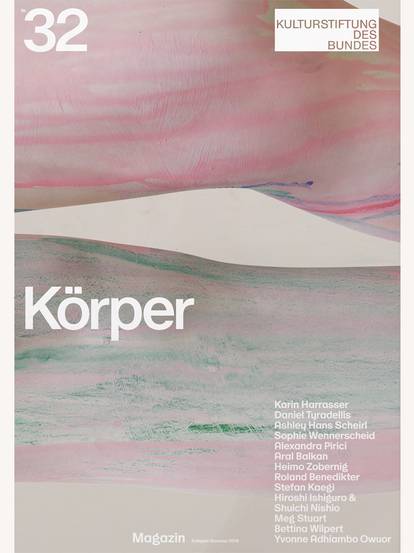
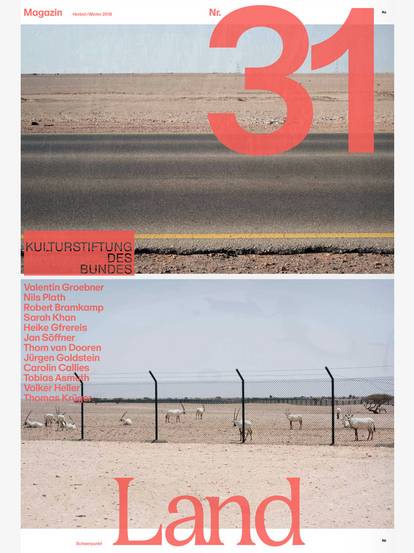
![[Translate to English:] Magazine 30](/fileadmin/_processed_/c/b/csm_magazin30_vorschau_9005f773d3.jpg)










